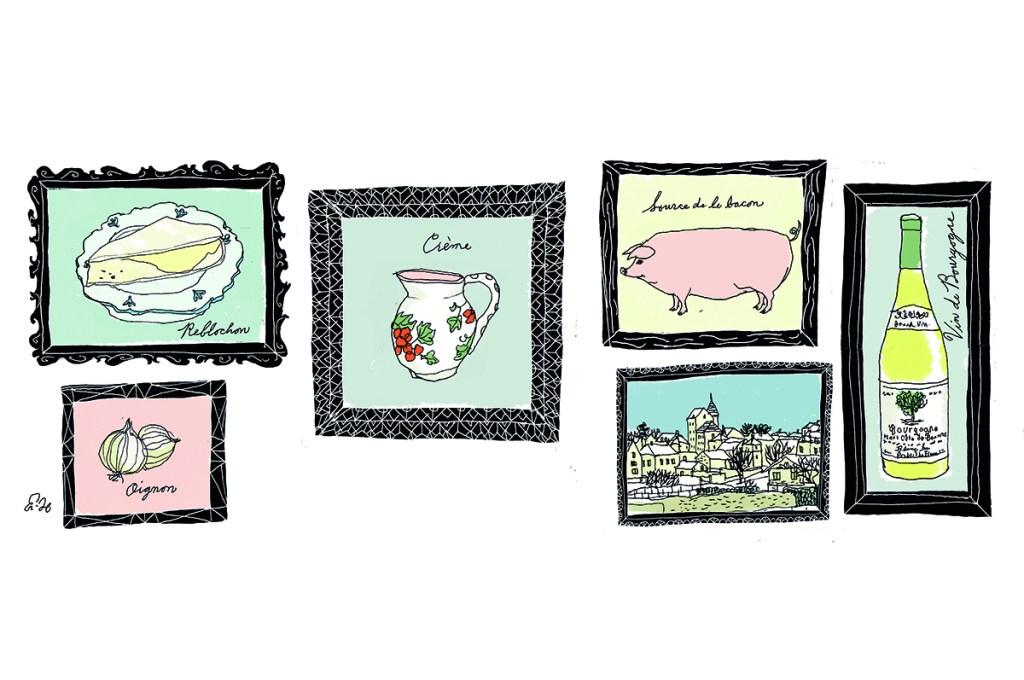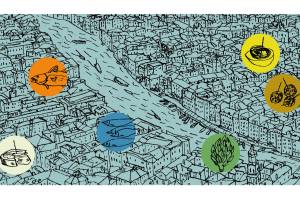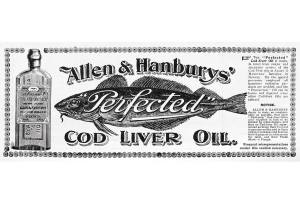Cheese, potatoes, sausage and bacon for dinner? Let’s just throw in bread and heavy cream for the sake of it. Sounds like a recipe for a heart attack or stroke? Why do the Swiss and French then double up — or even triple up — on these carbs and calories when cold weather comes?
The answer is easy and old; the combos are delicious, divine and de rigueur, filling the body’s need for cozy food and energy to shovel snow and ski.
The French and Swiss still argue about which country invented raclette. Anyone who remembers watching the film Heidi will agree with me that it’s got to be Swiss as the orphan watches her grandpa scraping melting cheese from a big half-wheel that he’s held before a roaring fire onto her plate of potatoes, pickles and onions — all the things a Swiss Alpine farmer could count on to keep for months. I’ll give the French boring fondue, which I find tricky to get right.
One of our daughters, Annabelle, lives in France. Before Covid, my husband Richard and I went every year in October to visit her and her husband, Brian and their two children, Loïc and Maëlle. They live in Meursault, fifteen minutes from Beaune, the unofficial capital of Burgundy. We went to be grandparents, cooking and recapturing a culture that in many ways mirrors that of where we met in Switzerland in 1970 (just outside of Lausanne, in the vineyards of the Vaud). There we married and raised a family on carbs and calories during the cold months.
Until the last two years, when the vendanges have taken place in mid-September due to exceptionally warm Augusts, October meant wine harvest in the Côte d’Or. As Annabelle and Brian are in the wine biz, we knew we were going to be busy helping out with babysitting and in the kitchen.
I loved shopping in Beaune’s open market each Wednesday and Saturday and planning umpteen meals for three generations, all with different demands. One thing we all agreed on was cheese, cheese, cheese and more cheese — calories be damned.
When Brian brought out the raclette machine, he also brought out pork sausages from the local butcher and poivrons from their garden. He grilled them on top of the machine as we “posted” our sliced cheese underneath. With a crusty round of dark bread and a green salad, we had a sinfully scrumptious spread.
Then there was tartiflette, a mouthwatering mélange of gooey, rich reblochon, potatoes, caramelized onions, double cream, wine and salty bacon chunks that Brian learned to make when he was a member of the ski patrol in the French Alps.
Tartiflette is uniquely French. During medieval times, French Alpine farmers had to pay taxes to the owners of pastures. The amount they paid depended on the daily production of milk. To avoid paying taxes in full (very French) the farmers would pay most of their taxes while in the pastures and then, under cover of darkness, milked the cows again in the barn, drawing a richer cream for making cheese. The word reblochon means “to milk a second time.” Savoyard cheese makers of reblochon invented tartiflette some fifty years ago to promote the cheese.
Best of all of our annual carbs and calories feasts was baked Vacherin Mont d’Or, from the Swiss and French Jura, an utterly unctuous cheese, literally dripping with nutty flavor, that is on the market from just September to April. It is the only cheese one eats with a spoon. When in Switzerland, all those years ago, I spotted the round, sprucewood boxes, in which the cheese is packed, I was in cheese heaven. The same was true in Beaune.
The cheese is made from cows munching on straw and fodder inside barns during the cold winter months at elevations of 2,297 feet or higher. During the warm summer months, the same cows, now pasture-fed, produce the milk for Gruyère.
Vacherin Mont d’Or
As an appetizer
Cut a cross in the crust, spread and pour in kirsch, Armagnac or liqueur of choice, warm in oven and serve with breadsticks for dipping into the warm cheese or a spoon to spread on baguette slices.
As a meal
To make Vacherin Mont d’Or into a meal: Cut slits into the cheese’s crust, fill them with thin slices of garlic, splash top with a dry white wine, grind on some black pepper and put into a 350-degree oven and bake until the cheese starts bubbling (about 30 minutes). Serve with new potatoes, a baguette and salad and don’t forget the spoons!
Tartiflette
Ingredients:
3 large potatoes, 7 slices of thick bacon, chopped into cubes, 1 tbls. butter, 1 large onion, sliced, ¼ cup white wine, 2 tbls. heavy cream, 8 oz. of reblochon, salt and pepper to taste.
Directions:
- Preheat oven to 350 degrees
- Bring a large pot of salted water to a boil over high heat. Add the potatoes, then reduce heat to medium-low, cover and simmer until tender. Grease an eight-inch baking dish. Stir-fry bacon and onions in an iron skillet over medium-high heat for five minutes. Remove bacon, pour off fat. In the same skillet, melt the butter, add onions and cook and stir until the onions are translucent (about five minutes). Return the bacon to skillet, add wine and simmer until most of the wine has evaporated
- Place half of the potatoes into the prepared dish and spread half of the bacon mixture over the potatoes. Layer remaining potatoes, then spread heavy cream over them. Add remaining half of the bacon mixture. Cut the rind off the reblochon, cut into thin slices and layer the slices evenly over the top of the casserole. Bake at 350 degrees for twenty minutes, then at 450 degrees for ten minutes
This article was originally published in The Spectator’s January 2022 World edition.


















